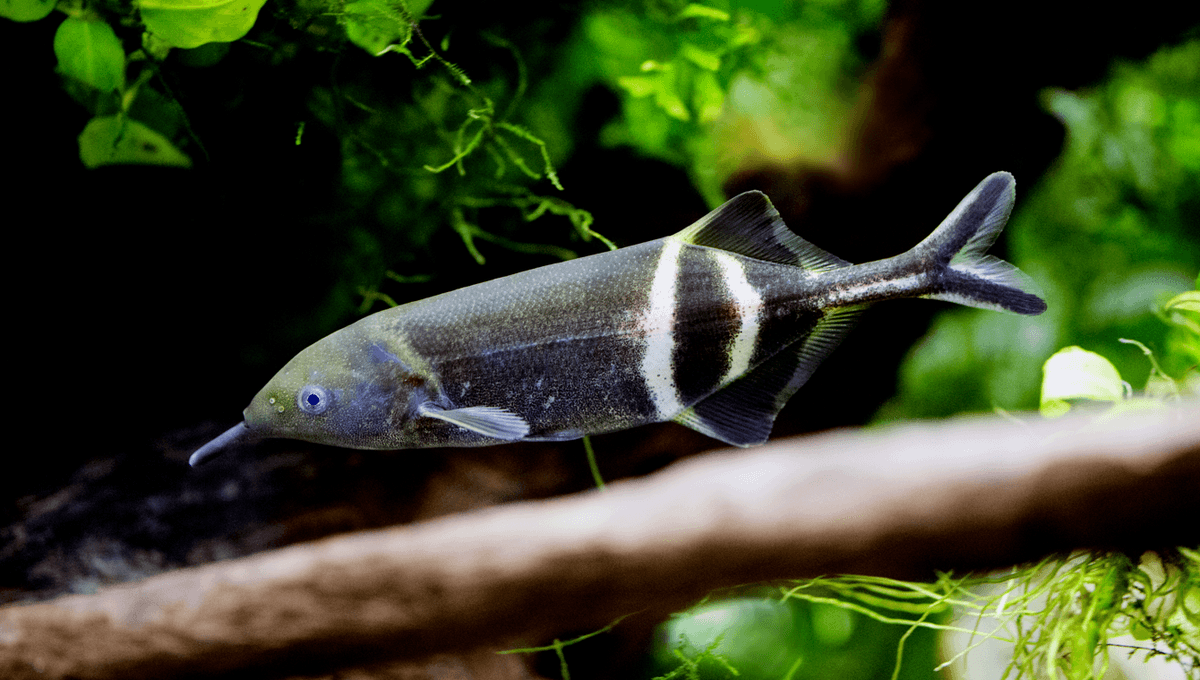
Who needs Google Maps when you can just use your buddies’ electrifying aura? New research suggests that some electric fish may utilize their comrades’ electric fields to navigate the world in a shocking form of “collective sensing” that’s never been seen before.
Peters’s elephantnose fish, also known as the African weakly electric fish, are equipped with a specialized organ that can generate an electric field (no batteries required).
Along with being a handy weapon to zap prey or predators, the electricity can also be used to navigate in a similar fashion to sonar, radar, or echolocation. The fish sends out electric pulses and then detects changes in the nearby electricity field using an array of sensors on its skin, allowing it to perceive its surroundings in the dark and murky rivers of Africa.
This isn’t just a solitary effort, though. As if their “biological Bluetooth” wasn’t smart enough, it appears that close-knit gangs of elephantnose fish create a collective “pool” of electricity around the group, providing them with a much wider perception of their local environment.
This example of collective sensing was recently studied by two scientists from Columbia University in New York who started exploring the idea upon noticing how some human-made technologies work.
“In engineering it is common that groups of emitters and receivers work together to improve sensing, for example in sonar and radar. We showed that something similar may be happening in groups of fish that sense their environment using electrical pulses,” Nathaniel Sawtell, a principal investigator at Columbia’s Zuckerman Institute and a professor of neuroscience at Columbia’s Vagelos College of Physicians and Surgeons, said in a statement.
To start, the duo ran a computer simulation of the electric fish behavior and found that collective sensing could extend their electro-location range by up to three times. To pry deeper into this, they monitored the brain activity of elephantnose fish and found that they responded both to their own electric discharges as well as external electrical signals. Finally, behavioral observations showed that elephantnose fish swim in formations that the computer model suggested are favorable for collective sensing.
These three strands of evidence led the researchers to conclude that elephantnose fish demonstrate a form of electrified collective sensing.
“These fish seem to ‘see’ much better in small groups,” explained Sawtell.
Elephantnose fish are not the lone pioneers of collective sensing. This fascinating form of navigation and communication is also seen in schools of fish or flocks of birds, which appear to move with collective intelligence rather than as a chaotic bundle of vying individuals.
However, this recent research may have uncovered the first evidence of collective sensing using electricity.
“These fish have some of the biggest brain-to-body mass ratios of any animal on the planet. Perhaps these enormous brains are needed for rapid and highly sophisticated social sensing and collective behavior,” added Sawtell.
The study is published in the journal Nature.
Source Link: Elephantnose Fish Use Their Buddies' Electrifying Vibes To See The World